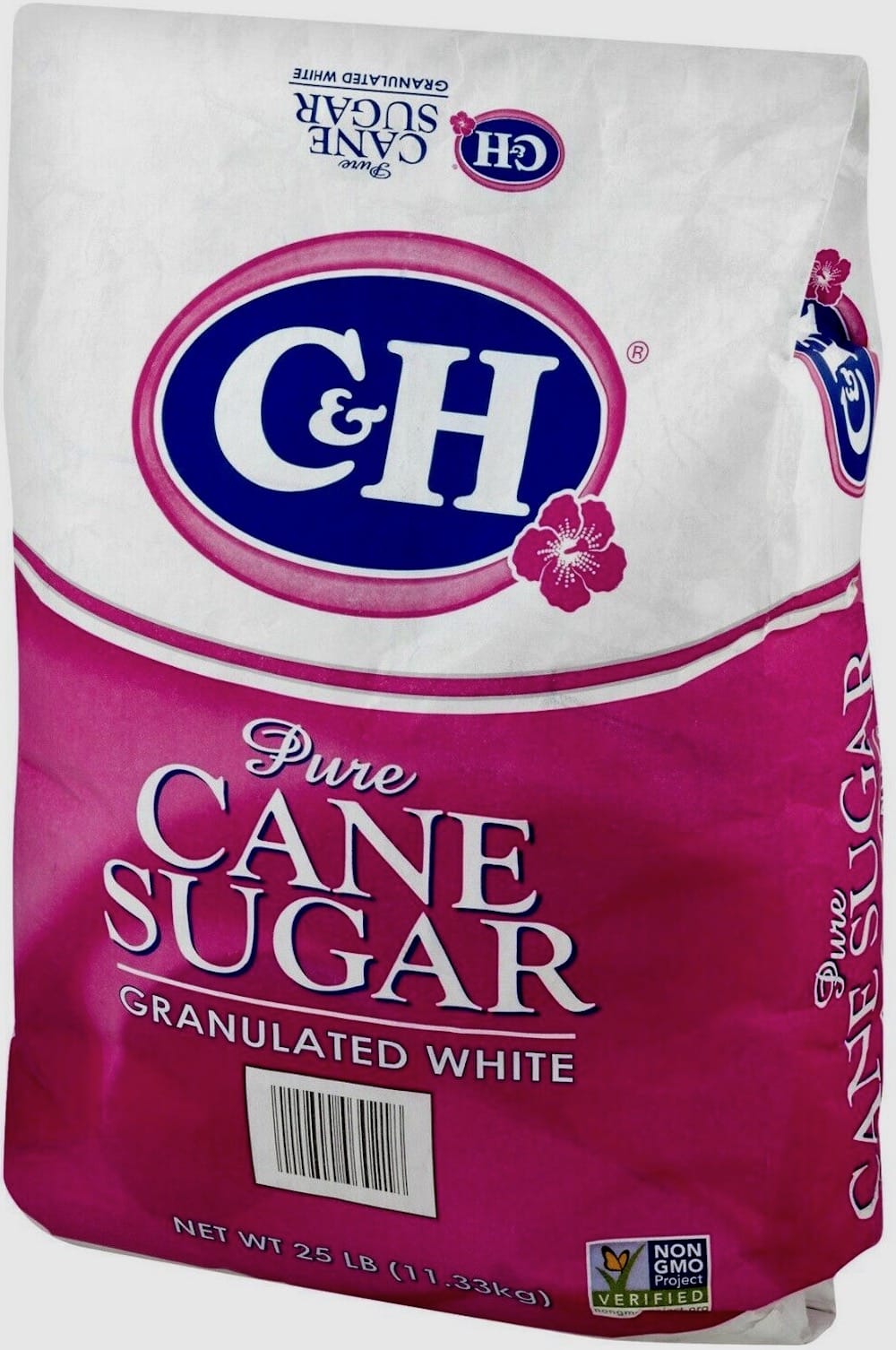TEN THINGS ABOUT SUGAR & MOTOCROSS
(1) DNA. Humans crave sugar, right down to our DNA. Our ancestors looked for sweet fruits and vegetables because they contained the natural sugars that give us a source of concentrated energy. We are designed to get our energy from sugar, but our ancestors never had to deal with processed sugar. Ancient sweet-eaters survived because they ate more energy-efficient fruit and vegetable sugar that metabolizes slowly. Modern life is much less physically taxing, yet sugar is more available than at any other time in history. This is not a good thing.
(2) Craving. Foods with excess sugar should come with a health warning, just as cigarettes do. Why? Brain scans given after sugar consumption show effects very similar to the brain scans of people who have taken cocaine. Sugar alters the biochemical pathways in our brains and tampers with our dopamine receptors. In order for us to get the next dopamine spike, we need a greater dose of sugar. That’s why out of the 600,000 food products in America today, 80 percent are laced with some form of sugar. When you eat foods with sugar in them, you want more, even when you are no longer hungry.
(3) Consumption. The average American consumes approximately 38 teaspoons of sugar every day. A century and a half ago, people ate 9 grams per day. The American Heart Association recommends that we consume less than 45 grams of sugar per day for males and 30 grams for females. As a population, we are more than tripling the recommended intake. A sugar epidemic is brewing, and there is cause for concern.
(4) Nutritional value. For the average American, sugar constitutes almost a third of his or her recommended calorie intake. On top of that, the body gets absolutely zero nutritional value from processed sugar’s empty calories. In fact, consuming refined sugar actually depletes our bodies of nutrients such as Vitamin B. Sugar is the enemy, even though it tastes sweet.
(5) Silent killer. A 2008 study found that excess fructose consumption was linked to an increase in the odds of acquiring a condition called leptin resistance. Leptin is a hormone that tells the brain that you are full. Imagine eating a big meal but never experiencing a sense of fullness. No leptin signal translates into consuming extra calories, which in turn means excess weight gain. Why is sugar called a “silent killer?” Because its negative side effects occur without symptoms or warning bells. If you’ve gained weight in the past year and can’t quite figure out why, perhaps you should look at how much fructose you’re consuming.
(6) Fructose. Fructose may be naturally occurring, meaning that it is present in whole fruits, vegetables, nuts and seeds, but that doesn’t mean that it’s good for you. Many chronic diseases are now correlated with ingesting too much fructose. A slower metabolism, higher cholesterol, heart diseases, fatty liver disease, hypertension, obesity and hepatic insulin resistance are all attributable to the overconsumption of fructose.
(7) Heart disease. The number one killer in the world is heart disease. In the past, saturated fats were seen as the culprit; however, in more recent studies, the evidence points to excess sugar as the primary cause of heart disease. These studies are showing that high amounts of fructose raise triglyceride, LDL, blood glucose and insulin levels and increase your odds of abdominal obesity.
(8) Fiber. Most fruits and vegetables contain both fructose and fiber. Fiber acts as a safeguard that allows the body to process sugar the right way. It gives us a full feeling faster, slows digestion and helps slow down the absorption of fructose. The kicker is that in order to get the most fiber for your buck, you have to eat fruits and vegetables rather than drink them. Fruits and vegetables are stripped of their fiber when they are juiced. Ingesting fructose without fiber can be harmful to your body.
(9) Pancreas. Type 2 diabetes is caused by the body’s inability to process glucose, even if insulin is present. This is mainly because there is too much sugar in the body and not enough naturally occurring insulin to process the excess sugar. The pancreas regulates the sugar in the blood stream. Too much sugar forces the pancreas to produce extra insulin to cope with the high levels of sugar in the body. Working overtime causes the pancreas to break down, resulting in Type 2 diabetes. This can often be controlled by diet, exercise and weight loss. Easier said than done.
(10) High-fructose corn syrup. A majority of the food products on our supermarket shelves have chemicals added that act as sugar substitutes, typically high-fructose corn syrup (HFCS). It is an industrial food product and far from a naturally occurring substance. It is extracted from corn stalks through a chemical enzymatic process that results in a chemically and biologically novel compound. Sound appealing? It is cheaper and sweeter than regular table sugar. This allows manufacturers to claim “no sugar” or “reduced sugar” on their packaging, but the negative health consequences are the same–or worse.







Comments are closed.